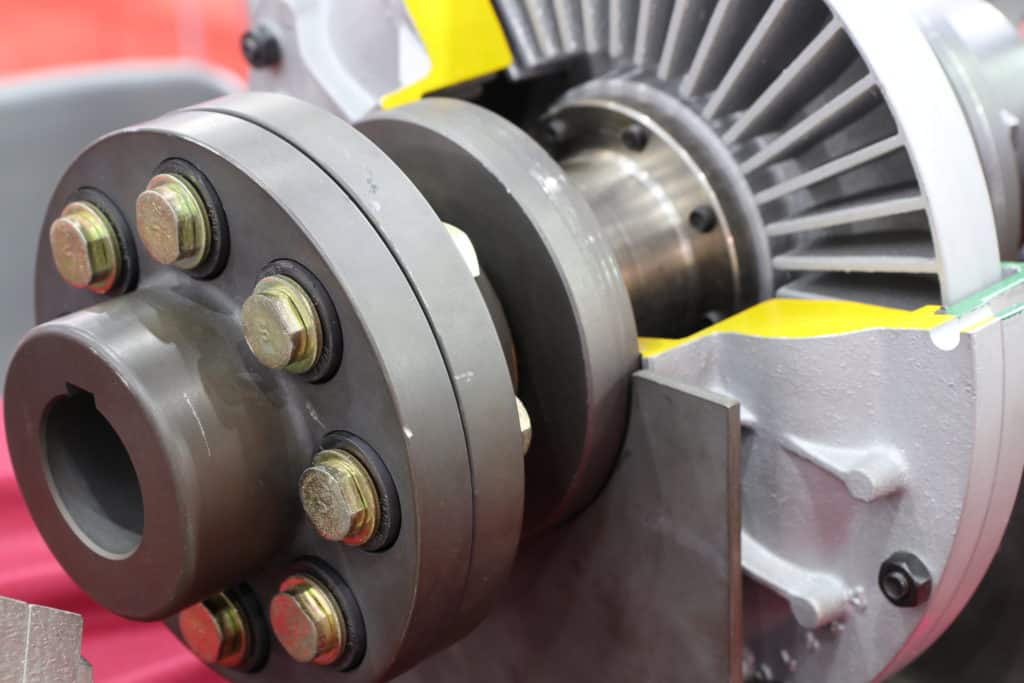Mechanical seals prevent leaks and the introduction of contaminants between a pump’s rotating shaft and the pump casing. There are many different styles of mechanical seals. They come in all sorts of sizes and configurations to work with different pumps and fluid media. Some are rather simple in design, while others are much more complex.
Types of Mechanical Seals
These are three of the most common types of mechanical seal:
- A standard mechanical seal design involves the use of spring pressure or another type of closing force to seal the rotary unit.
- A rotating mechanical seal is clamped to the shaft and is part of the rotary unit.
- A stationary seal applies closing force to the non-rotating seal unit.
Different applications will require different seals to get the desired results. For example, a stationary seal in pumps with known shaft deflection or when operating a shaft system that runs at high peripheral velocities. A stationary seal will compress and elongate as needed as the shaft moves. The seal face will always remain perpendicular to the shaft.
Most operators will prefer a mechanical seal design that never allows the process fluid to come in direct contact with the seal springs. This is vital to extending the lifespan of a pump.
Mechanical Seals vs. Compression Packing
Compression packing is an older method for providing a pump seal. Though it is still used in some pumps and applications, mechanical seals have become the new norm with more reliable performance and more durable engineering. If you have an older pump that still uses packing, you may want to consider replacing it with a newer mechanical seal.
External Seal Flush Arrangements
External seal flush piping is another factor to consider with today’s mechanical seals. Although not all mechanical seals require external flush piping arrangements, but those that do can benefit from them. Most such seals will fall into one of two categories:
- Flush – This is when clean, cool liquid is injected into the seal chamber and a second port is installed (usually with a downward orientation). This improves the operating environment and works to prevent leakage.
- Barrier or Buffer – This is when you have a dual-seal design. It involves having a secondary fluid between the two sets of mechanical seals. This prevents ambient air from coming in contact with the process fluid. The appeal of this kind of seal system is to improve cooling and operational safety.
Selecting and configuring the proper mechanical seal is very important to getting the expected performance from a pump. A good mechanical seal should also extend the pump’s life because it will operate more efficiently and eliminate the risks of leakage.
To learn more about mechanical seals and to find the best one for your application, contact Cortech Engineering today. We can connect you with the leading mechanical seal manufacturers and customize the ideal solution for your pump.

